History of Women's Costume
- 72bladzijden
- 3 uur lezen
Describes the history of women's fashions from ancient Greece and Rome to the 1930's.

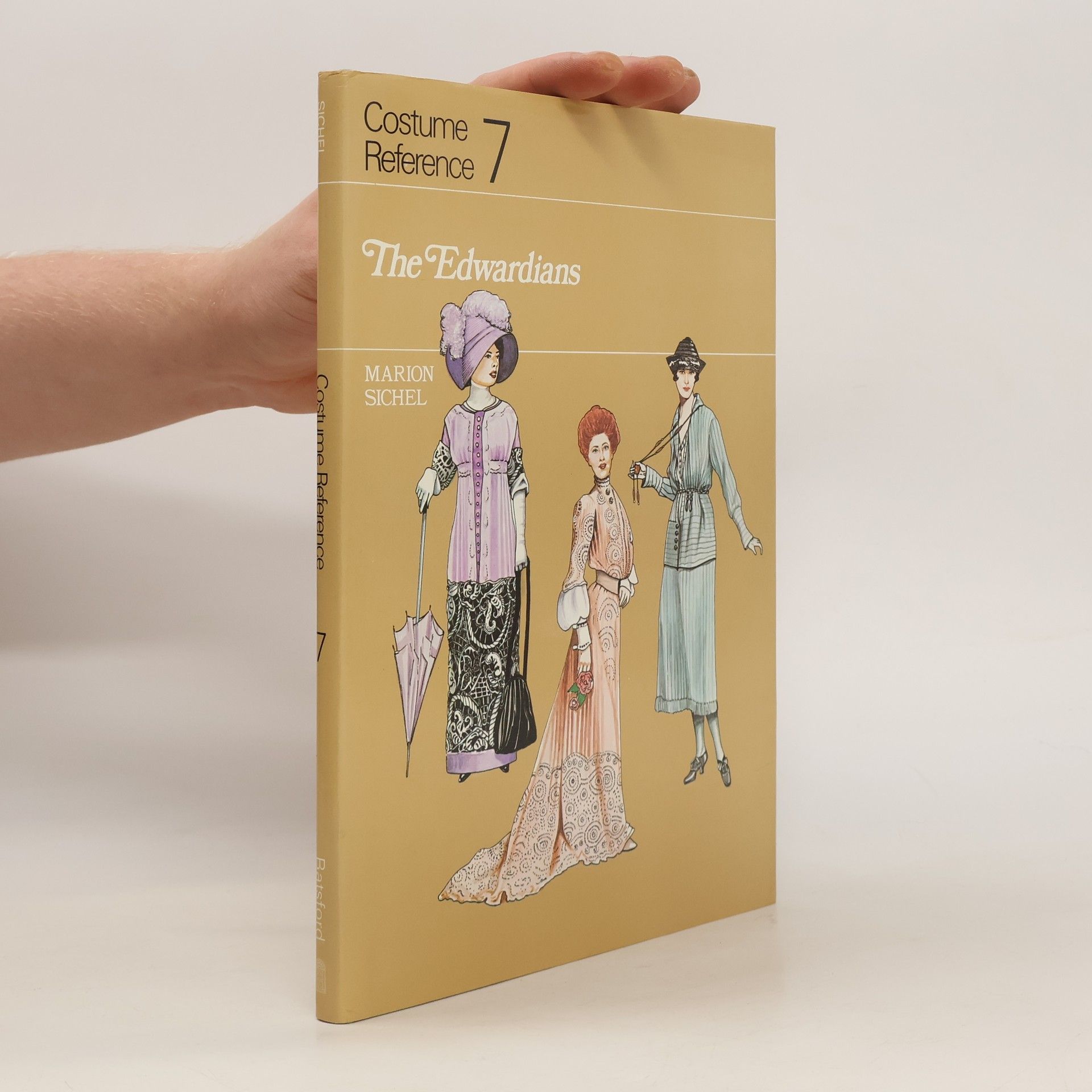
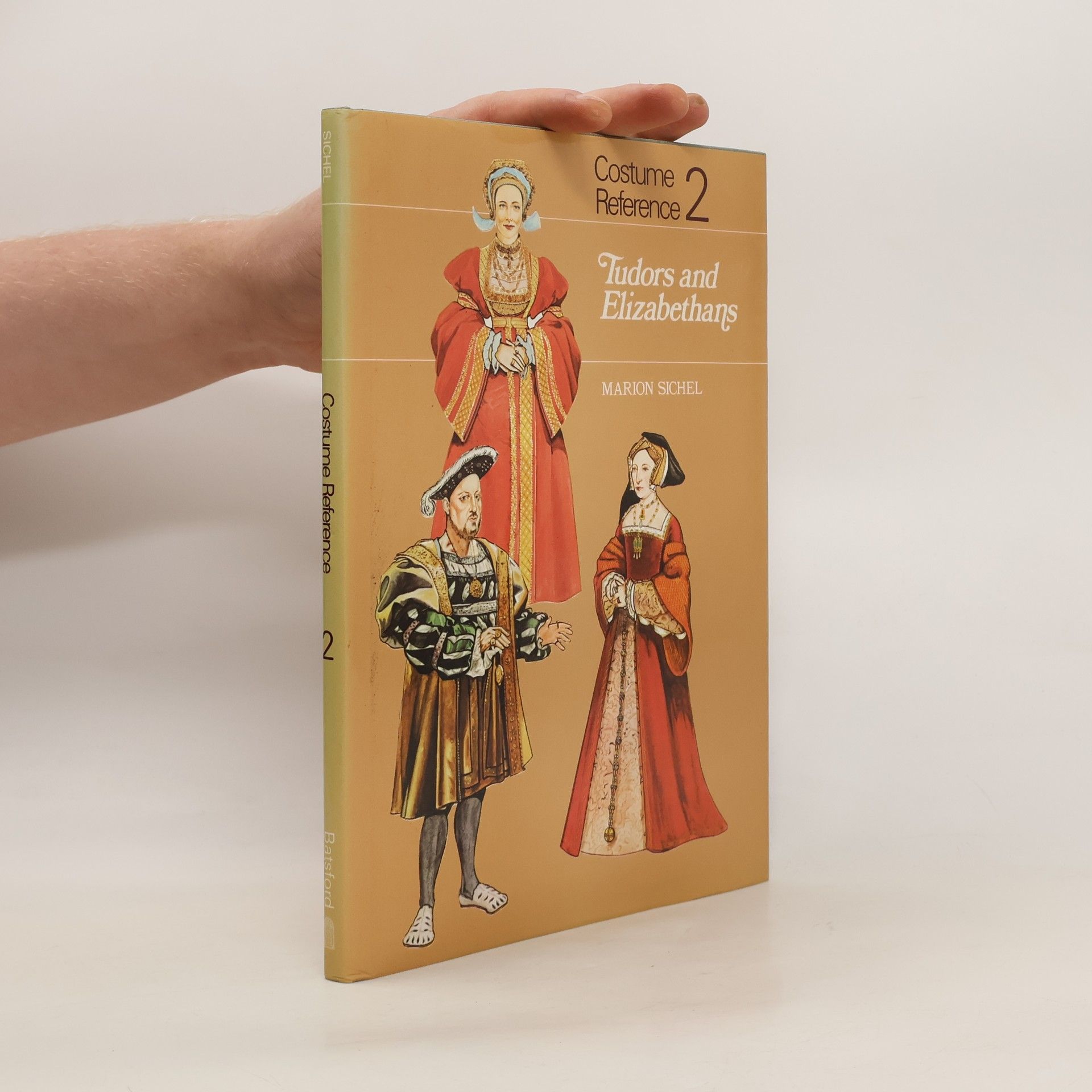
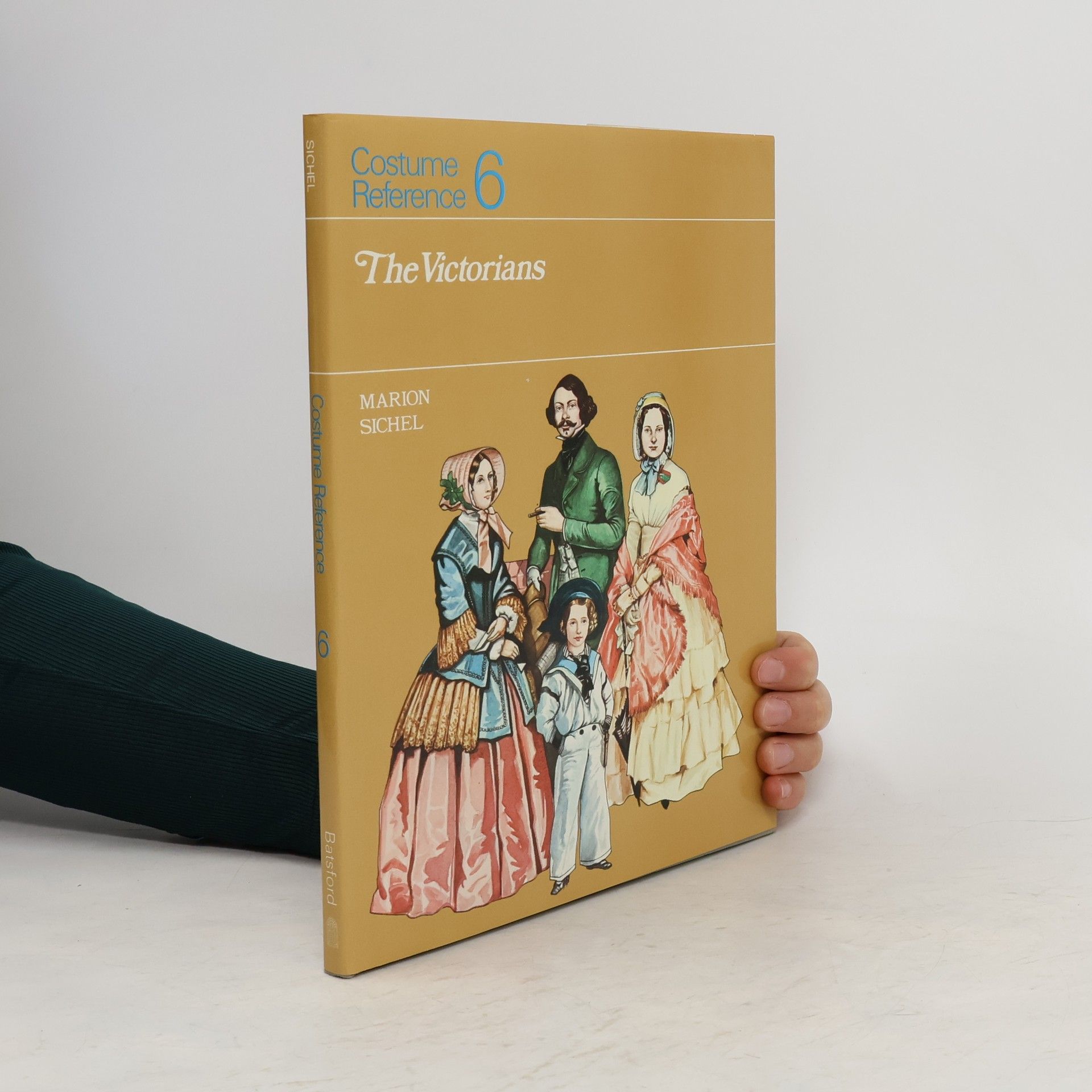
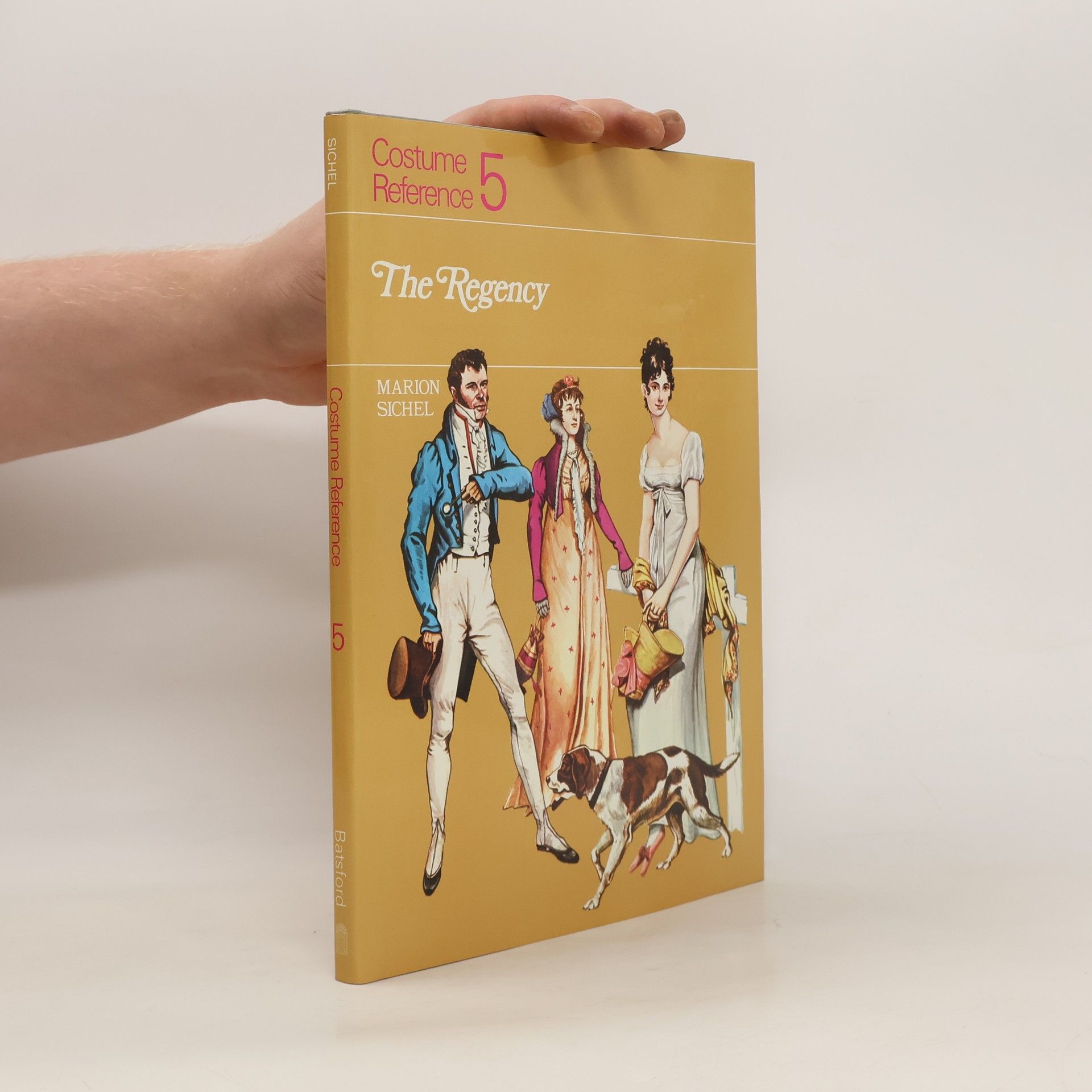
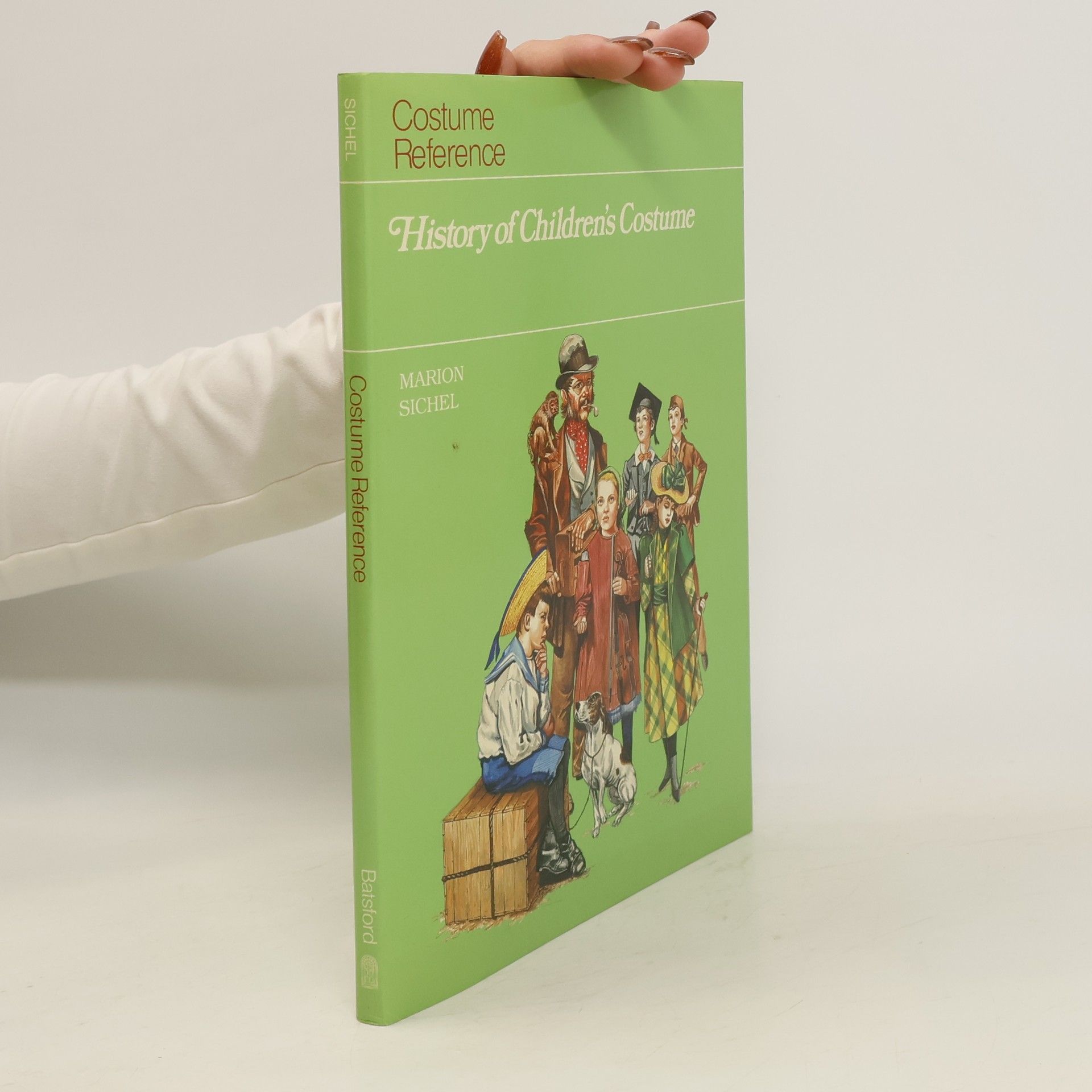
Describes the history of women's fashions from ancient Greece and Rome to the 1930's.
Classical in its strictest sense means "Greek and Roman" but the "classical world" has come to include not only Greece and Italy but Egypt, the Bible lands, Ethiopia, Assyria, Babylon and Persia: all the civilizations, in fact, which flourished between 3000 BC and the fifth century AD and which at one time or another came into contact with the Greeks, or fell under the sway of the Roman Empire. This book shows the costume of all these early peoples. - Introduction
The tenth in the series on British dress, this covers a period of dramatic change marked by Teddy Boy, beatnik, "swinging 60s" and hippy fashions. Trends include an increase of colour, unisex designs, informality and greater use of man-made fibres. The author ties in developments with social change, noting how women's increasing freedom and equality was reflected in the trouser suit, jeans and T-shirt; how the communication revolution created an atmosphere of striking but short-lived fashions such as hot-pants. The period also saw the end of the dominance of haute couteriers and the emergence of cheap, easy-care, mass-produced clothes aimed particularly at the young. Marion Sichel began her career as a costume designer for the theatre and now devotes her time to costume research.
1918-1939
The Victorians
Describes and illustrates the clothing and accessories of English men, women, and children of all classes from Roman and Saxon times to the twentieth century